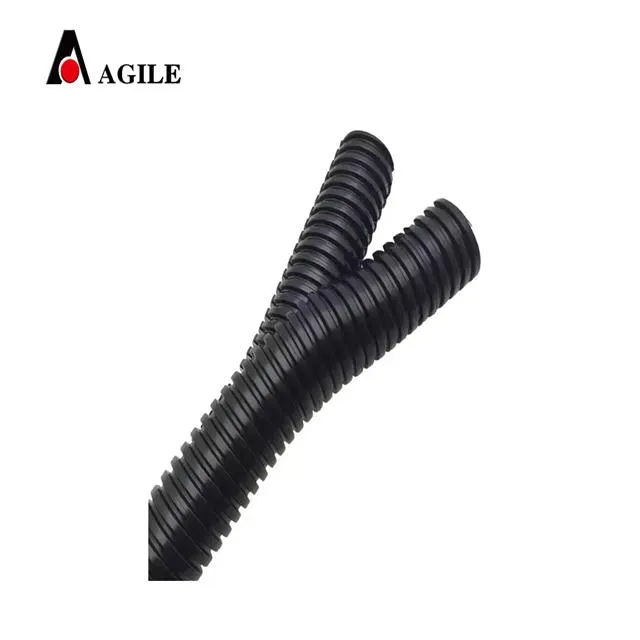drag cables
The Importance of Drag Cables in Modern Engineering
In the dynamic world of engineering, efficiency and innovation are paramount. One of the often-overlooked components that contribute significantly to modern machinery and automated systems is the drag cable. While seemingly mundane, drag cables play a vital role in ensuring smooth operation and reliability in various applications, from robotic arms to industrial machinery and even entertainment systems.
What Are Drag Cables?
Drag cables, also known as flexible cables or drag chains, are specially designed cables that are used to manage and protect electrical wires, pneumatic hoses, or other lines in motion. They are often found in scenarios where equipment has movable parts, as they help to prevent tangling, wear, or abrasion. A drag cable is typically housed in a drag chain – a protective and flexible casing that guides the cable along a specific path, allowing it to extend and retract as necessary.
Applications of Drag Cables
The applications of drag cables are vast and varied. In robotics, for example, drag cables are crucial for ensuring that power and data feeds remain intact while the robotic arms pivot, extend, or retract. Imagine an automated assembly line where robots assemble components with precise movements; without drag cables, the risk of cable damage or failure would significantly increase, leading to costly downtime.
In the entertainment industry, drag cables are essential for stage lighting and sound systems, where equipment frequently moves as part of performances. The use of drag cables ensures that lighting rigs can operate smoothly, creating complex effects without the worry of entangled cords. This application not only enhances the aesthetic experience for audiences but also improves safety for performers and crew members.
drag cables

Benefits of Using Drag Cables
1. Durability and Longevity Drag cables are specifically designed for repetitive motion applications. They are built to withstand stress, minimize wear, and maximize the lifespan of the cables within, thus reducing maintenance costs and downtime.
2. Safety By housing the cables in a protective drag chain, the risk of tripping hazards and electrical hazards is markedly reduced. This makes drag cables an essential component in environments where safety is critical, such as factories or performance venues.
3. Enhanced Mobility Drag cables facilitate greater mobility and flexibility in machinery. Their design allows for complex movement patterns without the hassle of disconnecting or re-routing cables. This flexibility can enhance the overall efficiency of mechanical systems.
4. Organizational Efficiency Managing wires and hoses with drag cables helps maintain a clean and organized workspace. This organization not only promotes aesthetic appeal but also increases operational efficiency, as workers can quickly identify and address wiring issues.
Conclusion
In conclusion, drag cables may not be the most glamorous aspect of engineering, but their importance cannot be overstated. They serve as the unsung heroes of machinery and automation, facilitating smooth operation, enhancing safety, and promoting efficiency. As technology continues to evolve, we can expect to see even more innovative uses for drag cables across a range of industries, solidifying their place as essential components in modern engineering practices. Whether in robotics, manufacturing, or the entertainment sector, understanding the role and advantages of drag cables is crucial for anyone involved in the design and operation of sophisticated machinery. As we move forward into an era where automation and precision are more vital than ever, the reliability and efficiency provided by drag cables will undoubtedly continue to shape the future of engineering.








